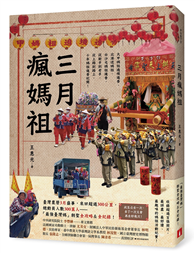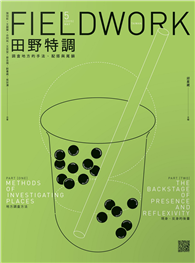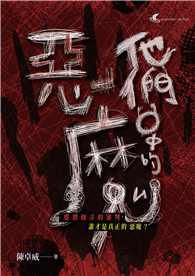Elements of Fractional Distillation By CLARK SHOVE ROBINSON AND EDWIN RICHARD GLLLILAND. PREFACE TO THE FOURTH EDITION: This book and the early revisions were the result of the efforts of Professor Robinson, and he took an active part in guiding the revision of the previous edition. His death made it necessary to prepare this edition without his helpful guidance and counsel. The present revision differs extensively from the previous edition. The material has been modified to bring it more closely into line with the graduate instruction in distillation at Massachusetts Institute of Technology. Much greater emphasis has been placed on the measurement, prediction, and use of vapor-liquid equilibria because it is believed that this is one of the most serious limitations in design calculations. Greater emphasis has also been placed upon the use of enthalpy balances, and the treatment of batch distillation has been considerably expanded. Unfortunately, the design calculations for this type of operation are still in an unsatisfactory status. Azeotropic and extractive distillation are considered as an extension of conventional multicomponent problems. The sections on column design and column performance have been completely rewritten and increased in scope. In all cases quantitative examples have been given because it has been found that this greatly aids the student in understanding descriptive material. During the last 15 years a large number of design methods have been proposed for multicomponent mixtures, some of which are reviewed in Chapter 12. Most of these do not appear to offer any great advantage over the conventional Sorel method, and it is believed that the law of diminishing returns has been applying in this field for some time. It is hoped that the present edition will stimulate some of these investigators to transfer their efforts to more critical problems, such as vapor-liquid equilibria, batch distillation, transient conditions within the distillation system, and column performance. EDWIN RICHARD GILLILAND CAMBRIDGE, MASS. July, 1960. PREFACE TO THE FIRST EDITION: The subject of fractional distillation has received but scant attention from, writers in the English language since Sidney Young published his book Fractional Distillation in 1903 London. French and German authors have, on the other hand, produced a number of books on the subject, among the more important of which are the following La Rectification et les colonnes rectificatriccs en distillerie, E. Barbet, Paris, 1890 2d ed., 1895. Der Wirkungsweise der Rcctificir und Destillir Apparate, E. Hausbrand, Berlin, 1893 3d ed., 1910. Theorie der Verdampfimg und Verfliissung von gemischcn und der fraktionierten Destination, J. P. Kuenen, Leipzig, 1906. Theorie der Gewinnung und Trennung der atherischen Olc durch Destination, C. von Rechenberg, Leipzig, 1910. La Distillation fractione e et la rectification, Charles Manlier, Paris, 1917. Youngs Fractional Distillation, although a model for its kind, has to do almost entirely with the aspects of the subject as viewed from the chemical laboratory, and there has been literally no work in English available for the engineer and plant operator dealing with the applications of the laboratory processes to the plant. The use of the modern types of distilling equipment is growing at a very rapid rate. Manufacturers of chemicals are learning that they must refine their products in order to market them successfully, and it is often true that fractional distillation offers the most available if not the only way of accomplishing this...
| FindBook |
有 1 項符合
Elements of Fractional Distillation的圖書 |
 |
Elements of Fractional Distillation 作者:Robinson 出版社:Blatter Press 出版日期:2008-11-04 語言:英文 規格:精裝 / 508頁 / 21.6 x 14 x 3.3 cm / 普通級 |
| 圖書館借閱 |
| 國家圖書館 | 全國圖書書目資訊網 | 國立公共資訊圖書館 | 電子書服務平台 | MetaCat 跨館整合查詢 |
| 臺北市立圖書館 | 新北市立圖書館 | 基隆市公共圖書館 | 桃園市立圖書館 | 新竹縣公共圖書館 |
| 苗栗縣立圖書館 | 臺中市立圖書館 | 彰化縣公共圖書館 | 南投縣文化局 | 雲林縣公共圖書館 |
| 嘉義縣圖書館 | 臺南市立圖書館 | 高雄市立圖書館 | 屏東縣公共圖書館 | 宜蘭縣公共圖書館 |
| 花蓮縣文化局 | 臺東縣文化處 |
|
|
圖書介紹 - 資料來源:博客來 評分:
圖書名稱:Elements of Fractional Distillation
|











